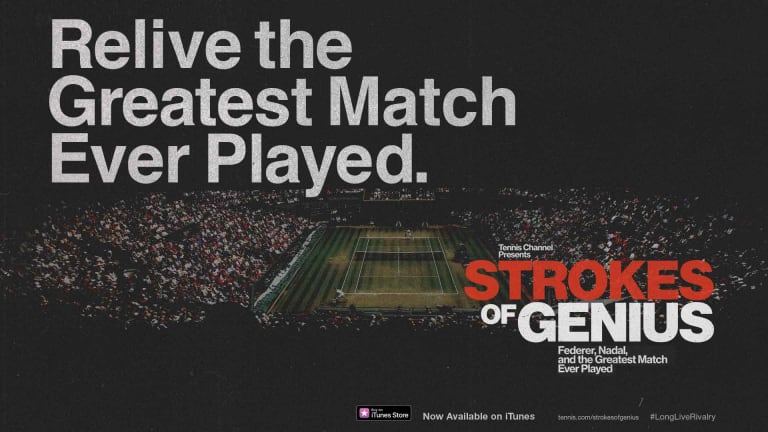LONDON—Is luck the residue of hard work? Or is it just fortunate to be the beneficiary of the actions of others? These are the kind of questions that surface when looking at what’s happened to the top half of the Wimbledon gentlemen’s singles draw, and how much the wheel of fortune has spun its way in Roger Federer’s favor.
The top half took a major hit today when third-seeded Marin Cilic was beaten by 82nd-ranked Guido Pella. After all, Cilic, runner-up here a year ago, had extended Federer to five sets in this year’s Australian Open final and also held two match points against him in a 2016 Wimbledon quarterfinal. Cilic joined such other prominent top half casualties as sixth-seeded Grigor Dimitrov, Dimitrov conquerer Stan Wawrinka and 17th-seeded Lucas Pouille.
Of those who remain and pose the biggest threat to Federer, they mostly fall into two categories: shot makers and servers.
First, the shot makers. Start with veteran Gael Monfils, the lively athlete who, when inspired, can greatly challenge anyone in the world. Monfils played impressive tennis to take down compatriot Richard Gasquet on day one. And certainly he will entertain and attempt some daring shots should he and Federer meet. But to truly topple the king over the course of a long match? Doubtful.
At the opposite end from the experienced Monfils is 19-year-old Stefanos Tsitsipas, a livewire of an all-court player who has just started to come into his own this year. Like Monfils, Tsitsipas plays with exceptional passion. One suspects Federer would greatly enjoy the challenge of taking in this young hopeful’s best shots and daring him to come up with even more. Or will the man from Greece be cowed by the occasion? Either way, Federer-Tsitsipas is my utopian top half semi—artists and warriors, aging genius versus teen prodigy.
WATCH—Match point from Federer's second-round win over Lukas Lacko:
